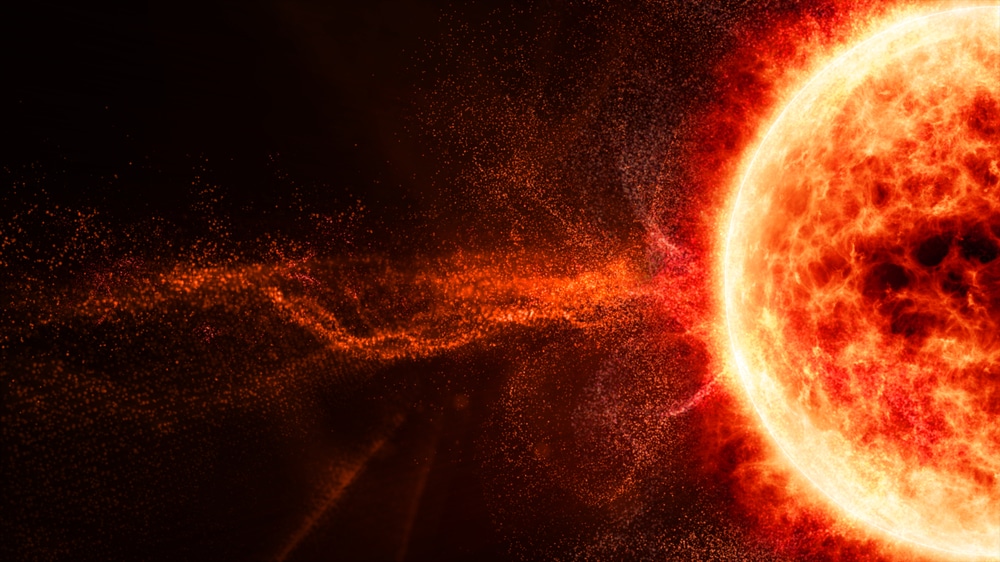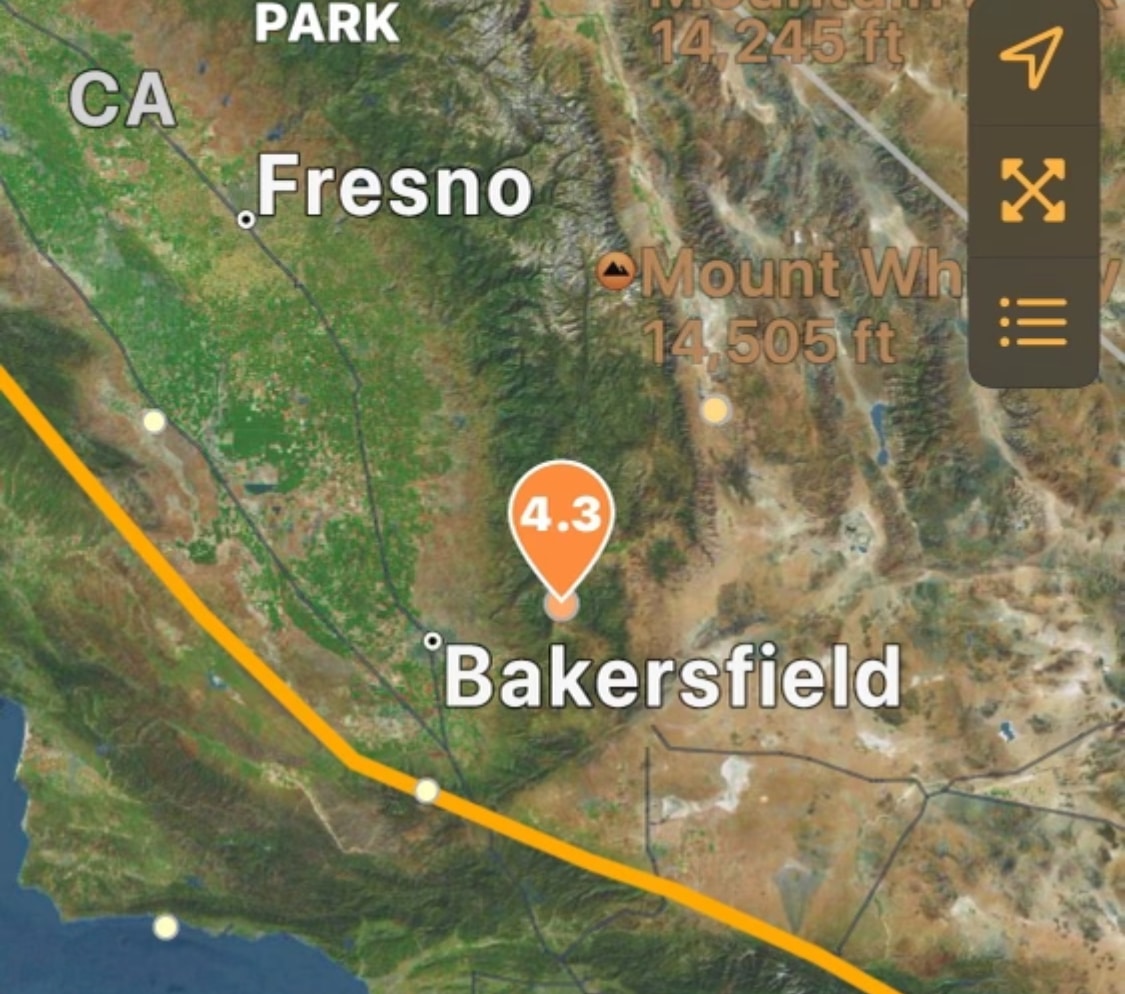The strongest solar flare detected in years erupted from the Sun on Wednesday according to The Sun. The violent volley of particles is said to have caused blackouts in Australia, the Western Pacific, and eastern Asia.
It’s one of 19 flares to have emerged from an unusually active sunspot in recent days, according to astronomer Dr. Tony Phillips. Writing on his website spaceweather.com, which tracks the sun’s activity, he predicted more flares throughout this week.
“The fusillade is likely to continue as colossal sunspot complex AR2993-94 turns toward Earth in the days ahead,” Dr. Phillips said. The flurry of activity could trigger showings of the Northern Lights as solar radiation strikes Earth’s atmosphere.
The flare was classified as an X2.2. X-class flares are the strongest category measured by scientists, and higher numbers following the X represent an increase in the power of the eruption.
NASA recorded a few X1 flares in the past year, but this is the strongest seen since the sun-blasted off a pair of monster X-class flares, including an X9, in the second week of September 2017. The strongest flare ever observed was in excess of X28, in 2003. The latest explosion was accompanied by a coronal mass ejection, which is charged plasma that moves slower and can create gorgeous auroras when it collides with Earth’s magnetic field.
But because the eruption was located on the side of the sun from the perspective of Earth, those particles weren’t aimed in our direction and won’t be hitting our planet. The energy emitted by a flare, on the other hand, moves at the speed of light and propagates in all directions throughout the solar system, which is why it caused the radio blackout the same time the flare could be seen.

















